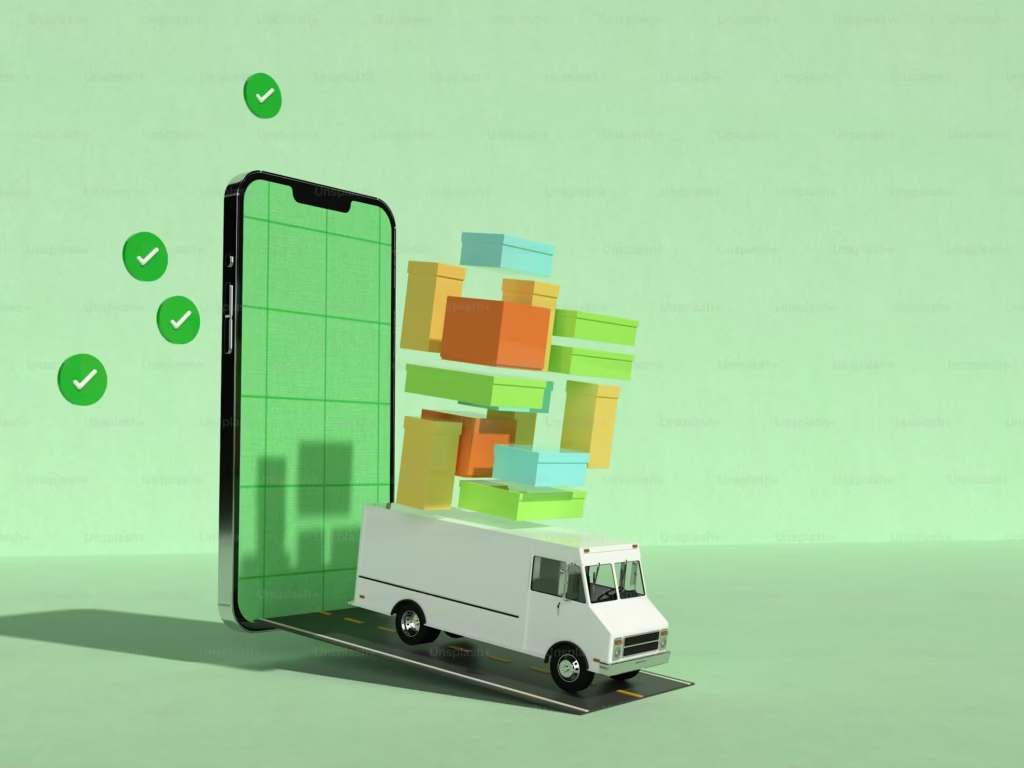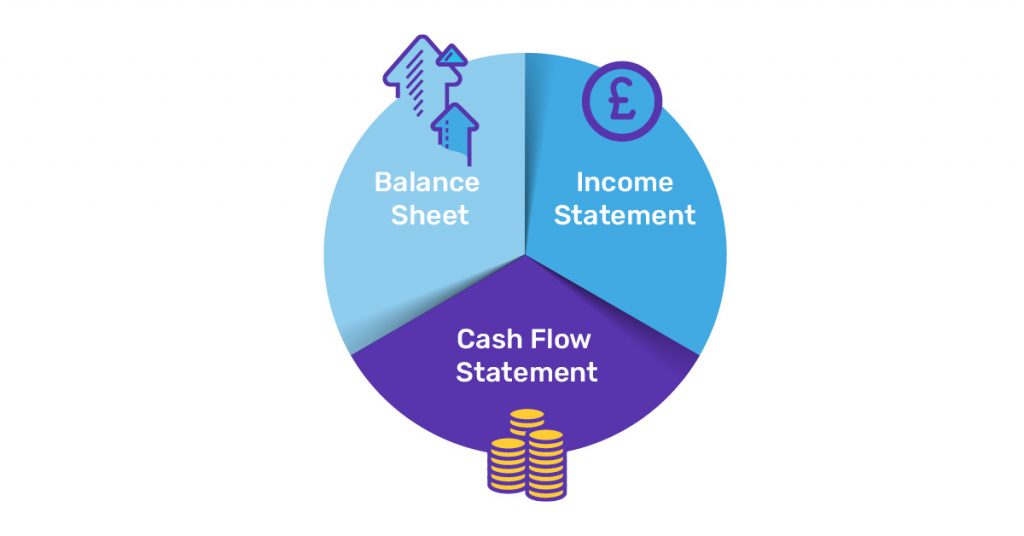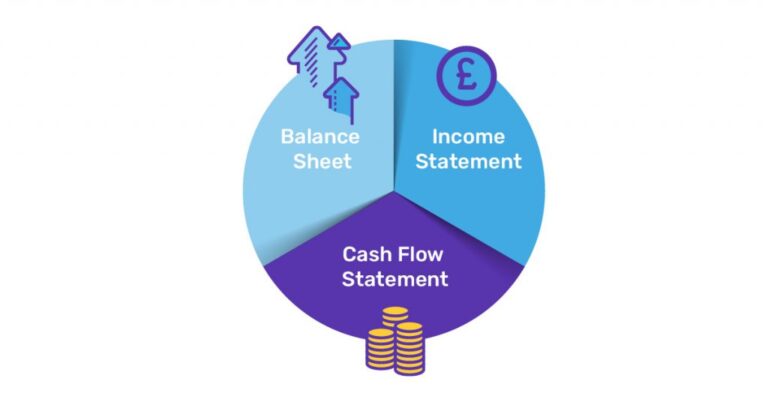If you’re in the business world, you’ve likely heard the phrase “business model” tossed around more times than you can count. But what does it mean? And more importantly, how do you decide which model suits your venture best? Business models define how a company makes money but are far from one-size-fits-all. Whether launching a tech startup, building a brick-and-mortar shop, or developing a service-based company, understanding your options is essential to creating sustainable growth.
Ready to dive in? This article breaks down the most common types of business models. We’ll explore each model, review the pros and cons, and even tackle some frequently asked questions to help you make an informed choice.
What’s a Business Model, Anyway?

Before we discuss specifics, let’s review the basics. A business model is essentially a company’s game plan for making money. It includes everything from its value proposition to revenue streams and cost structures. In short, it’s how a company creates, delivers, and captures value in the marketplace.
Companies need a transparent model to attract investors, stay competitive, and grow efficiently. Here are a few key reasons why having a suitable business model is crucial:
- Guides Decision-Making: You can easily make strategic decisions with a transparent business model.
- Helps Attract Funding: Investors want to know how you’ll make money. A solid business model shows them you’ve thought it all through.
- Drives Growth: With the suitable model, scaling becomes more straightforward and sustainable.
Common Types of Business Models
There are several common types of business models, each with its structure, strengths, and challenges. Let’s dive in and explore which one might be best for your venture.
1. Product-Based Business Model

The product-based model is one of the oldest business models. You create or manufacture a product, market it, and sell it to customers. Simple. But in today’s highly competitive landscape, selling products is anything but straightforward. With e-commerce platforms, subscription boxes, and direct-to-consumer (DTC) brands, product-based businesses have evolved.
Pros
- Simplicity: The process is easy to understand and explain.
- Control: You have complete control over production, pricing, and distribution.
- Scalability: Scaling can be very profitable if you find the right product.exwe
Cons
- High Upfront Costs: Creating physical products can be expensive.
- Inventory Management: Warehousing and shipping logistics can complicate operations.
- Competition: Product markets can be very saturated.
2. Service-Based Business Model
In a service-based model, you’re not selling products but your time, skills, or expertise. Think of consultants, freelancers, or even SaaS companies that sell their time or expertise. This model is increasingly popular in the digital age, as individuals and companies are willing to pay for the expertise they lack in-house.
Pros
- Low Startup Costs: You don’t need to stock products, which cuts down on initial investment.
- Flexibility: You can adjust services based on client needs.
- Higher Margins: Many service-based businesses can charge a premium for specialised expertise.
Cons
- Limited Scalability: Since services often rely on individuals, scaling is challenging.
- Income Variability: Revenue can fluctuate if clients are inconsistent.
- Dependency on Reputation: Building trust and credibility is essential to attract new clients.
3. Subscription-Based Business Model

In the subscription model, customers pay a recurring fee to access a product or service. This model has gained popularity across industries, from Netflix and Spotify to subscription box services.
Pros
- Predictable Revenue: Recurring payments mean steady cash flow.
- Customer Loyalty: Subscribers tend to stick around if they find value.
- Upselling Opportunities: Existing customers can be upgraded to higher tiers.
Cons
- High Churn Risk: Customers who don’t see value will cancel.
- Consistent Quality Demands: Subscribers expect continuous value and improvements.
- Competition for Attention: Customers are increasingly selective about where they spend recurring dollars.
4. Freemium Model
The freemium model offers a free product version with the option to pay for additional features. This model is popular among software companies, especially those offering apps or digital tools.
Pros
- Attracts Large User Base: Free offerings draw in users quickly.
- Upselling Potential: Many users will upgrade if they find the free version valuable.
- Feedback Loop: A large user base provides valuable feedback for improvements.
Cons
- High Conversion Pressure: getting free users to pay is challenging.
- Support Costs: Free users still require support, which can increase operational costs.
- Profitability Issues: The free base must be converted at high enough rates to cover expenses.
5. Marketplace Business Model

The marketplace model connects buyers and sellers without directly selling a product or service. Companies like eBay, Airbnb, and Etsy thrive on this model, taking a cut of each transaction.
Pros
- No Inventory: You don’t need to stock products.
- Scalable Revenue Streams: Profits scale with the number of users.
- Customer Choice: Users appreciate the range of products or services on offer.
Cons
- Two-Sided Marketing Effort: Attracting both buyers and sellers requires double the effort.
- Transaction Security: Ensuring secure transactions can be costly.
- Market Saturation: The popularity of the model has led to intense competition.
6. Affiliate Business Model
In an affiliate model, you promote another company’s products or services and earn a commission on each sale. It’s common in blogging and influencer marketing, where people link to products in exchange for a commission.
Pros
- Low Overhead Costs: You don’t handle inventory or logistics.
- Passive Income Potential: Earnings can continue as long as the content stays live.
- Flexible Content Integration: It works well with blogs, websites, and social media.
Cons
- Dependency on Another Brand: Earnings are tied to another company’s success.
- Variable Income: Commissions fluctuate based on traffic and conversions.
- Control Limitations: You need more control over the product or service quality.
7. On-Demand Business Model

This model lets customers access goods or services almost instantly. Ride-sharing, food delivery, and freelance platforms are famous examples of on-demand business models.
Pros
- Convenience for Users: Fast service attracts a loyal customer base.
- Flexibility in Service Delivery: Services can be tailored to meet immediate needs.
- High Demand Potential: Rapid response times are highly valued by customers.
Cons
- Logistical Complexity: Quick service requires complex logistics and scheduling.
- High Operational Costs: Meeting immediate demand often incurs extra costs.
- Intense Competition: Many industries have well-established on-demand services.
Choosing the Right Business Model for Your Venture
Selecting a suitable business model means considering your product or service, market needs, and unique value. Here are a few tips to help you make the choice:
- Define Your Value Proposition: What unique benefit does your company offer?
- Evaluate Costs: Some models have lower startup costs than others.
- Assess Scalability: Will this model support long-term growth?
- Research Competitors: How are similar companies making money?
- Consider Customer Acquisition: Some models, like marketplaces, require double-sided marketing.
FAQs
Q: How do I know if I’ve chosen a suitable business model?
A: Test your model on a small scale, evaluate results, and be ready to adapt if necessary. Regular feedback from customers and stakeholders can provide insights.
Q: Can I change my business model later?
A: Absolutely! Companies pivot their models all the time. The key is to stay flexible and open to new opportunities.
Q: Is it possible to combine business models?
A: Yes, hybrid models are standard. Many companies use multiple revenue streams to maximise profitability.
Conclusion
Choosing a business model is one of the most crucial decisions for any venture. Understand different options, such as product-based, subscription, and freemium models. Remember, something other than what works for one company might work for another. Experiment, gather feedback, and don’t hesitate to adapt.












